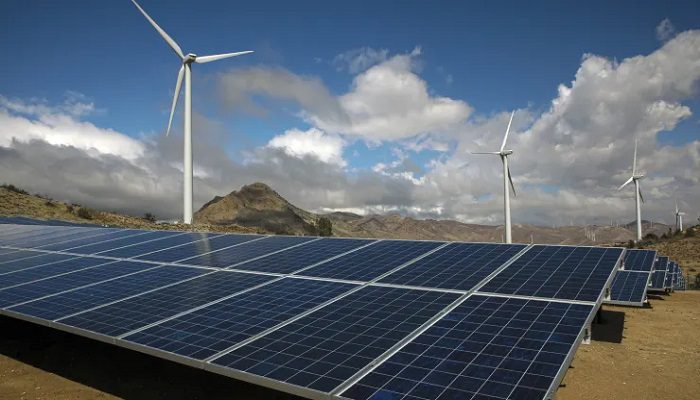Recently, Indonesia went on to initiate an investment plan so as to utilize the $20 billion in financing that’s committed by global lenders, with the US as well as Japan taking the lead. The idea is to speed up the decarbonization of Indonesia’s power sector. It is well to be noted that Indonesia has also urged for the prompt disbursement of funds.
The country looks to reduce carbon dioxide emissions in its on-grid power sector to 250 million metric tons by this decade-end by way of the Just Energy Transition Partnership- JETP. This target is in complete contrast to the projected business-as-usual emissions of more than 350 million metric tons.
The investment proposal, known as the Comprehensive Investment and Policy Plan- CIPP, has been officially announced after a period of public consultation. It is well to be noted that the draft of the proposal was made public earlier in November.
Indonesia, which happens to be among the largest contributors in terms of greenhouse gas emissions worldwide, has set itself a target to boost the share of renewable energy in its power generation to a significant extent. The country looks to increase this portion to 44% by 2030, which is indeed a substantial rise considering the current level, which is almost 12% as of 2022.
One indeed needs to act swiftly, as 2030 is less than seven years from now. At the launch, Erick Thohir, who happens to be the ad-interim chief minister for investment affairs of Indonesia, stressed upon the need to strengthen as well as speed up the partnership so as to prioritize and also promptly implement the projects, including taking care of financing commitments.
As per CIPP, a total investment of $97.3 billion is needed so as to meet the set targets. Out of this funding, $66.9 billion happens to be allocated for 400 projects that must begin by 2030 at the latest.
Michael Kleine, the U.S. charge d’affaires in Jakarta, says that the funding provided by JETP is expected to serve as a catalyst for energy shift investment and also encourage additional financing.
But there were concerns among environmentalists with regards to the significant proportion of commercial loans included in the mix.
It is worth noting that half of the funds pledged would be taken from private financing, which may comprise commercial loans with market rates, equity investments, as well as other debt instruments.
Apparently, the JETP in Indonesia is indeed the largest of its kind, with Vietnam’s $15 billion scheme coming in second.






















